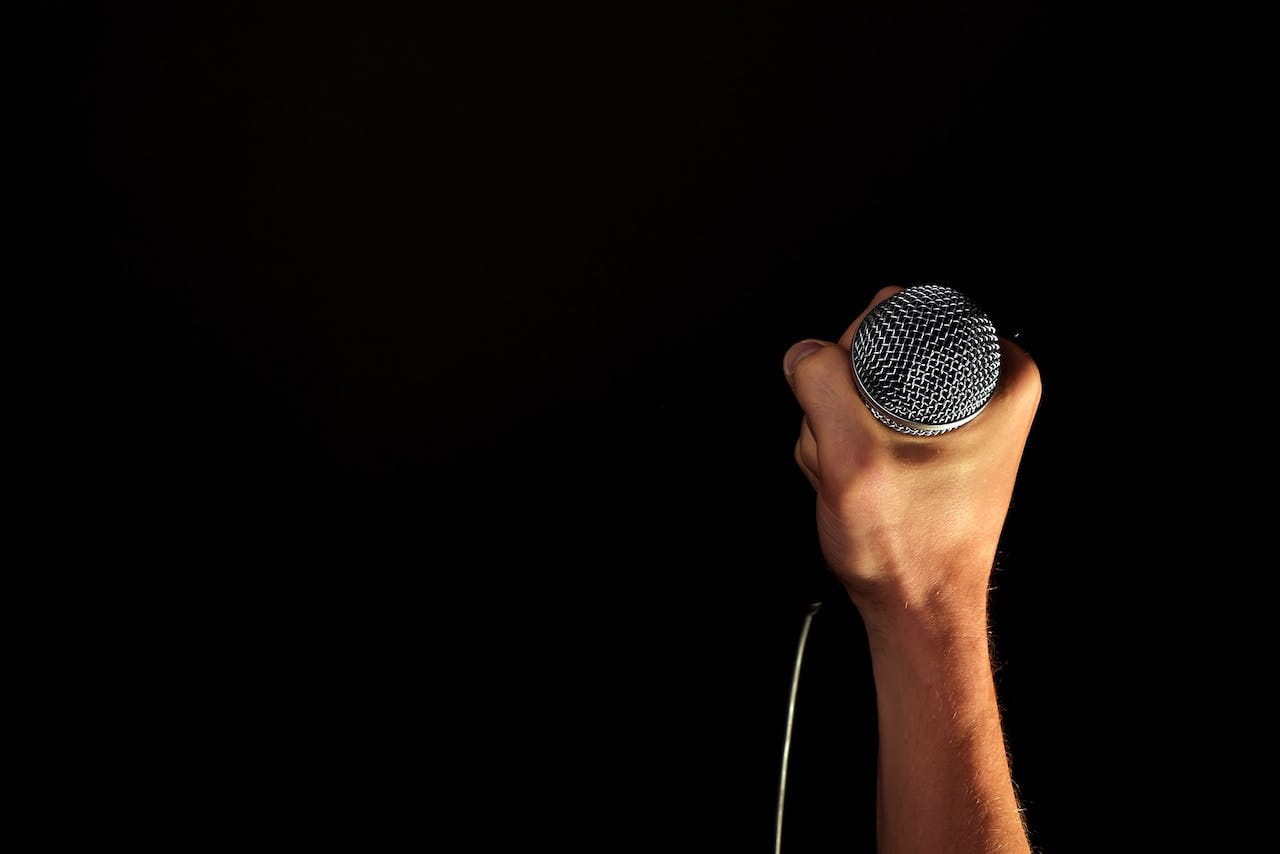Organizing a concert as a solo artist is an intricate blend of creativity, logistics, and promotion. It provides an intimate platform to connect with fans, showcase your music, and create memories. To transform this vision into reality, a meticulous plan is vital. Here’s a comprehensive guide to aid solo artists in curating a successful concert experience.
Define Your Concert Vision and Objectives
Every concert, much like a well-told story, commences with a clear vision. A multitude of reasons could drive this: perhaps you’re launching a groundbreaking new album, commemorating a significant milestone or anniversary, or simply yearning to forge a deeper connection with your loyal fanbase. Defining these clear objectives at the outset becomes the guiding beacon, shaping myriad decisions ranging from the choice of venue, and the selection of songs in the setlist, to the crafting of promotional and marketing strategies. Every element of the concert, when aligned with this vision, becomes a cog in a cohesive narrative. Ensuring this alignment guarantees that the concert not only delivers an enthralling experience but also resonates deeply with its intended message and overarching purpose.
Select an Appropriate Venue
The choice of venue, much like a canvas to a painter, plays a pivotal role in setting the stage and ambiance for any concert. For solo artists or those desiring a more personal touch, intimate settings such as cafes, cozy theaters, or even art galleries can create the perfect backdrop for a soulful connection with the audience. However, when selecting a venue, it’s imperative to ensure that it aligns seamlessly with anticipated audience size, technical needs like sound and lighting setups, and the overarching ambiance you aim to create. Beyond the aesthetics and technicalities, practical considerations should also be front and center: factors like the venue’s accessibility for attendees, the availability of adequate parking spaces, and the provision of in-house amenities and facilities can greatly influence the overall concert experience. Making an informed choice, keeping all these elements in mind sets the foundation for a successful and memorable event.
Manage Technical and Backstage Requirements
Any successful concert relies on painstaking technical preparation to provide the audience with a seamless audio-visual experience. Audio is crucial; therefore, hiring a skilled sound engineer who can manage acoustics and provide comprehensive sound testing before the concert. If budget allows, projectors or dynamic LED displays can enhance the audience’s immersive experience. A green room or backstage area is vital for performers’ pre-show preparations, relaxation, and last-minute modifications. An interesting and memorable concert depends on carefully planning and executing these aspects.
Plan Ticketing and Pricing
As a solo artist venturing into the world of live performances, a pivotal aspect of organizing a concert is planning ticketing and pricing. Strategizing on ticket tiers, special packages, and pricing points can significantly impact the concert’s profitability and attendance. Utilizing tools like event ticketing software can facilitate this process, offering an intuitive platform to manage sales, promotions, and real-time attendance data. Moreover, such software ensures a secure and streamlined experience for fans, reinforcing their trust and loyalty. By investing time and thought into ticketing and pricing, solo artists can optimize their revenue while delivering a memorable experience for their audience.
Develop a Concert Promotion Strategy
Ensuring a packed venue is no small feat, and achieving this demands a strategic and multi-faceted promotional approach. In today’s digital-first era, leveraging social media platforms becomes paramount; artists can reach their fans directly, using platforms like Instagram, Twitter, and Facebook to create and share engaging content. Complementing this with email newsletters can offer a personalized touch, while local radio stations can tap into a more traditional audience segment. Collaborations with influencers or industry figures can widen the reach, introducing the concert to their followers. Interspersing regular updates with engaging promotional content, be it tantalizing behind-the-scenes snippets, suspenseful teasers, or interactive contests, can stoke excitement, amplify anticipation, and, crucially, boost ticket sales.
Conclusion
Organizing a concert as a solo artist is a fulfilling yet challenging endeavor. It provides an unparalleled platform to express, engage, and enthuse. With meticulous planning, from venue selection and technical arrangements to promotion and collaboration, artists can curate an event that resonates, captivates, and remains etched in the memories of all attendees. While the journey entails myriad tasks, the applause, connection, and fulfillment derived make every effort worth its while.
